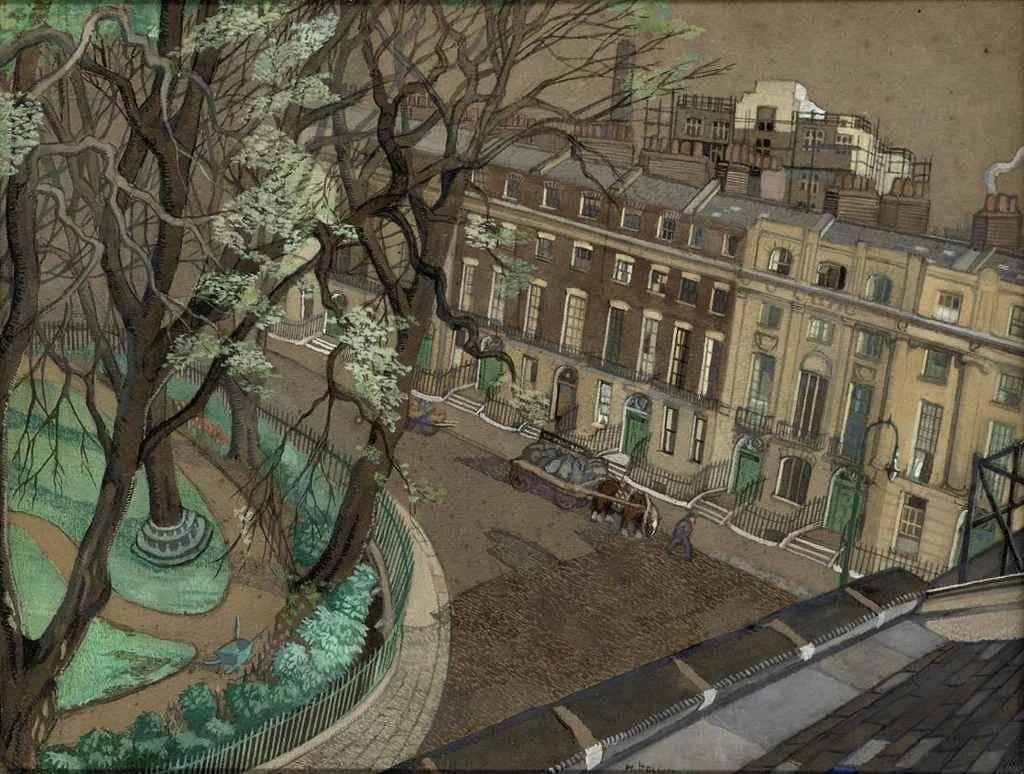‘London itself’, wrote Virginia Woolf in 1928, ‘perpetually attracts, stimulates, gives me a play and a story and a poem, without any trouble save that of moving my legs through the streets.’ Francesca Wade’s Square Haunting: Five women, freedom and London between the wars (Faber/ Penguin Random House paperback, 2021) begins and ends with Woolf, whose last home in the city, 37 Mecklenburgh Square, was destroyed in the London Blitz of September 1940. Virginia and Leonard Woolf were at Monk’s House in Rodmell, East Sussex at the time, and motored up a few days later to inspect the damage. There was not much to be salvaged, but Virginia managed to dig through the debris and retrieve twenty-four volumes of her diaries, ‘a great mass for my memoirs’, she declared.
Keep reading with a 7-day free trial
Subscribe to Cambridge Ladies' Dining Society to keep reading this post and get 7 days of free access to the full post archives.


